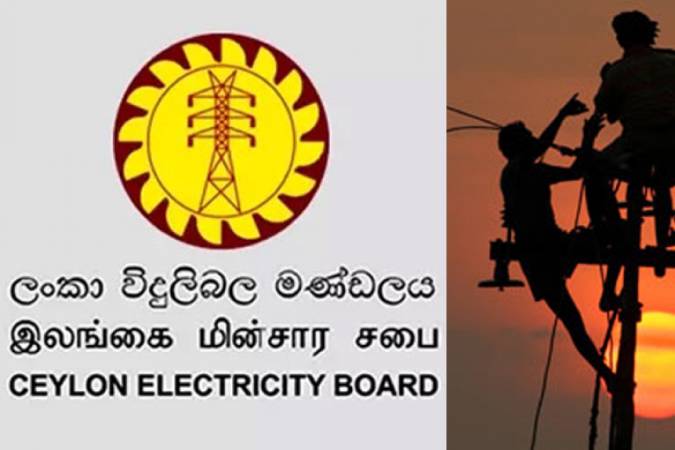As of May, revenue shortfall is nearly Rs. 500 b
Electricity tariff should be free from cross-subsidies, if not ‘richest’ gets relief
Dire financial situation of CEB has grand payable of Rs. 612.4 b
The Ceylon Electricity Board yesterday insisted on a full cost recovery tariff hike, noting its accumulated revenue shortfall is nearly a thumping Rs. 500 billion.
“The revenue generated currently by the CEB is insufficient and the financial position is not healthy. At present, the accumulated revenue shortfall is at Rs. 477 billion as of May 2022. The Government cannot afford subsidies anymore and therefore a full cost recovery tariff is inevitable,” CEB Chief Engineer Tariffs Madhavi Kudaligama said at the stakeholder consultation convened by the Public Utilities Commission of Sri Lanka yesterday.
Last year, the domestic tariff revenue was the highest with 34%, followed by 31% each from the industrial and general, 2% from hotels, 1% each from the Government and street lighting, 0.2% from religious places, 0.1% each from agriculture and electric vehicle charging.
Kudaligama said independent pricing formula is critical for fair play of all stakeholders. “Electricity tariff should be free from cross-subsidies, if not ‘richest’ gets a relief,” she pointed out.
She also said that given the dire financial situation the CEB has a grand payable of Rs. 612.4 billion.
“The CEB has not paid Rs. 170,586 million liabilities to creditors. Of the total, the CEB has to pay Rs. 125,651 million to its major creditors and Rs. 44,935 million to short-term creditors.
The major creditors include the Ceylon Petroleum Corporation (CPC) with Rs. 18,491 million, Individual Power Plants (IPP) with Rs. 76,856 million, Non-Conventional Renewable Energy (NCRE) with Rs. 28,496 million, and Sojitz Kelanitissa Ltd. with a guarantee claim of Rs. 1,800 million. Short-term payables include; coal purchases, local suppliers and contractors, LC and TT payments, rooftop solar payments, project loans, and terms loads including foreign ones, she explained.
She underscored that CEB’s financial sustainability was imperative for the overall economy.
“Protecting the CEB, CPC, banks, NCRE, and IPPs are important to the country. The financial viability of the CEB is essential to ensure implementation of large-scale power plants, achieve Government NCRE targets including rooftop solar, continue internal subsidies, loss reduction and demand-side management programs,” Kudaligama elaborated.
Noting that the Sri Lanka Electricity Act requires the revenue shortfall to be provided as a subsidy by the Government on the recommendation of the PUCSL, she claimed the subsidies extended or due to the CEB is mostly not provided.
Kudaligama also said that the last tariff revision was a reduction of 25% in 2014, and thereafter 2016 also they called for a 5% upward revision but was not granted by the Government.
It was noted that the Bulk Supply Tariff (BST) decision by the PUCSL in November 2021 said the tariff deficit was 23.3%. “In December 2021, the economic crisis started and the fuel prices varied alongside floating the currency. These compelled the CEB to revise the tariffs over and above 23.3%. In March, April, May, and June the gap between the average unit cost and selling prices were revised as per fuel price hikes and exchange rate,” she added.
She pointed out that the continuous supply of electricity is challenging and the financial crisis has compelled to limit expensive generation due to limited income, implying that this could lead to extended power cuts.
FT

